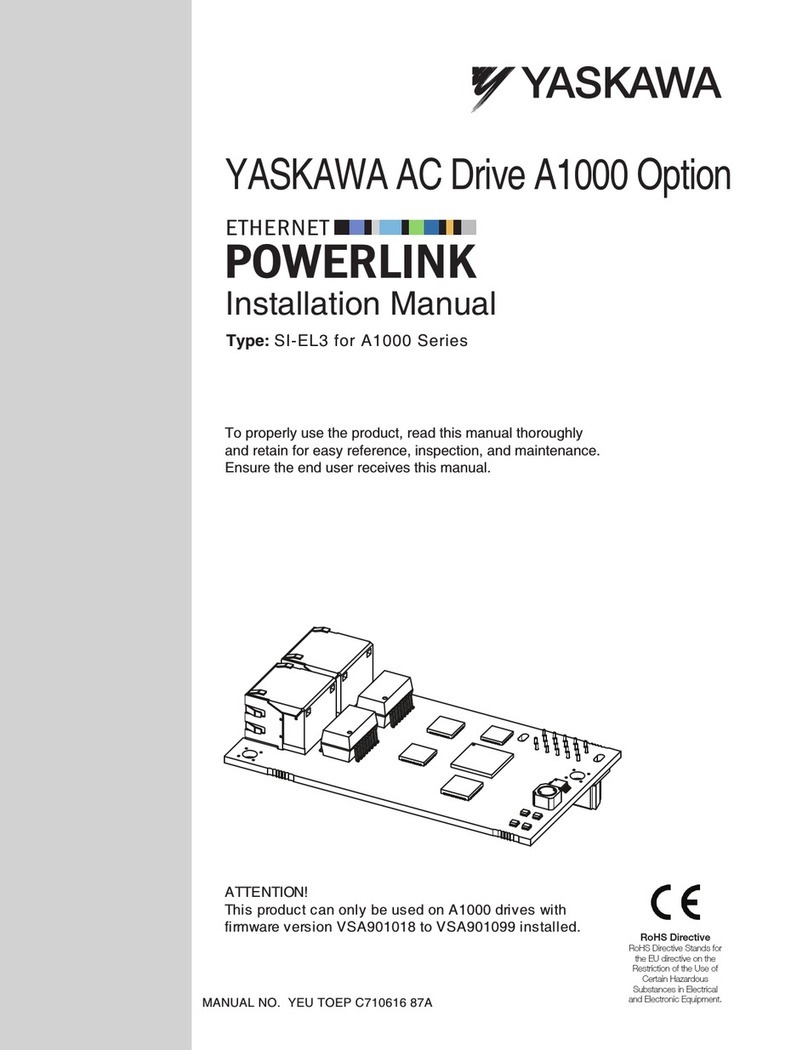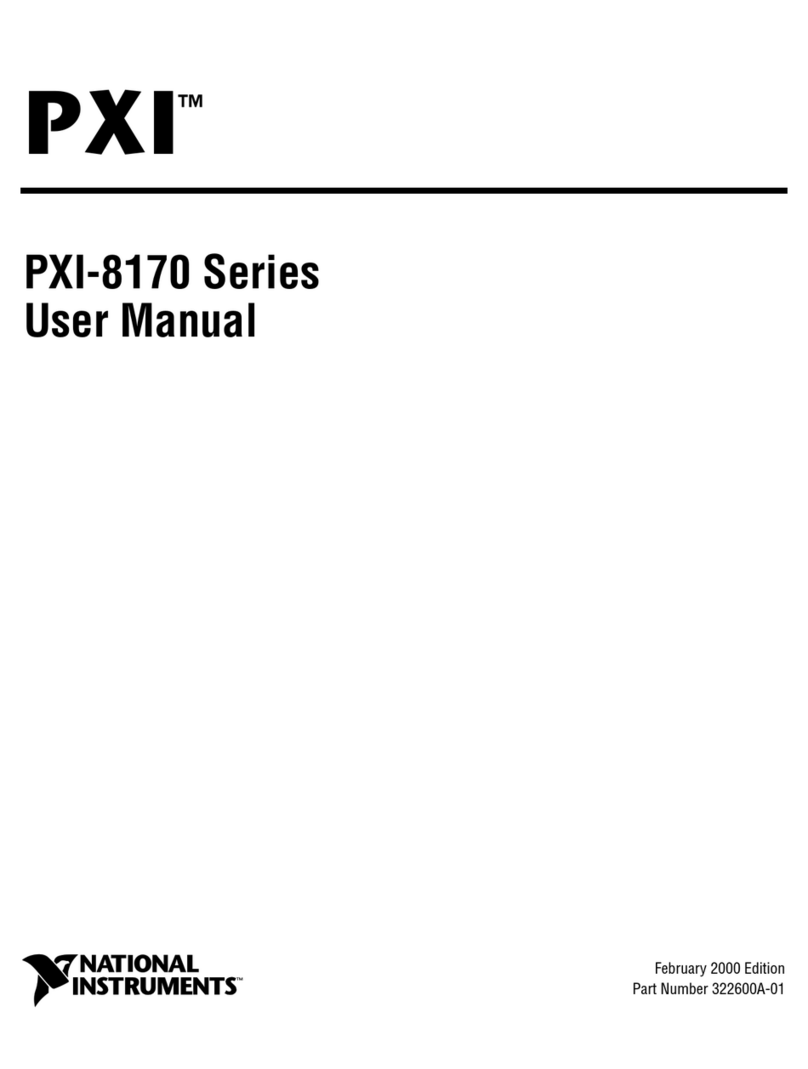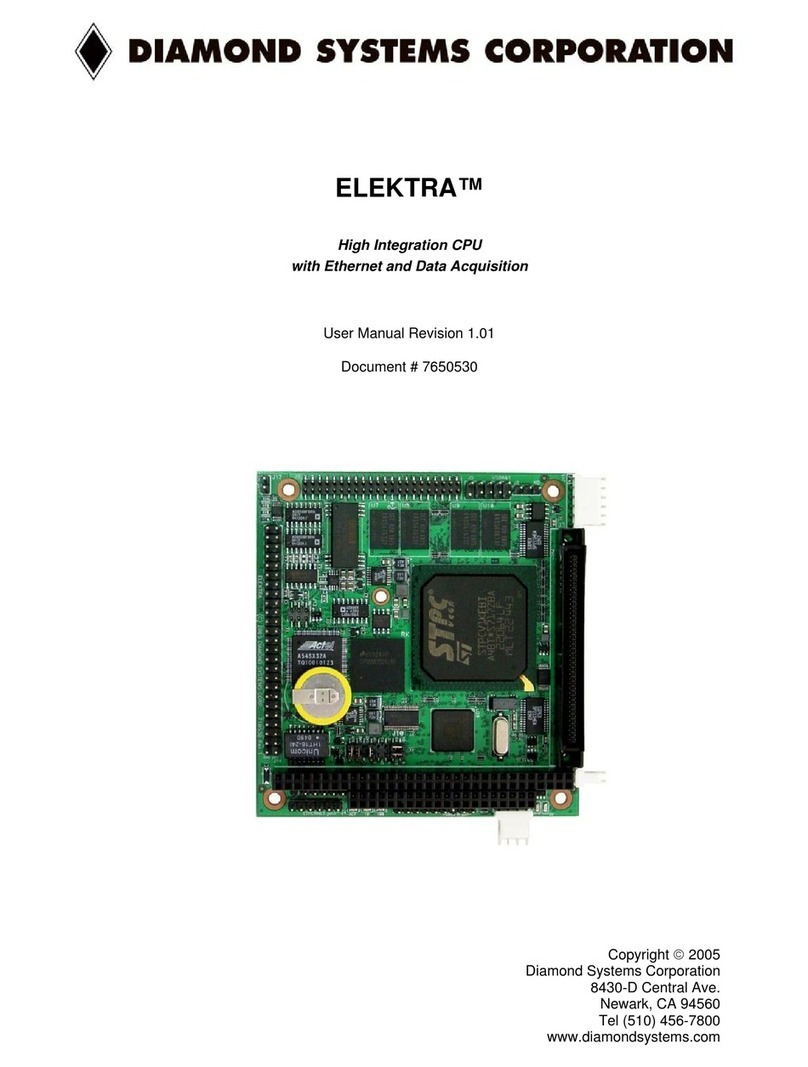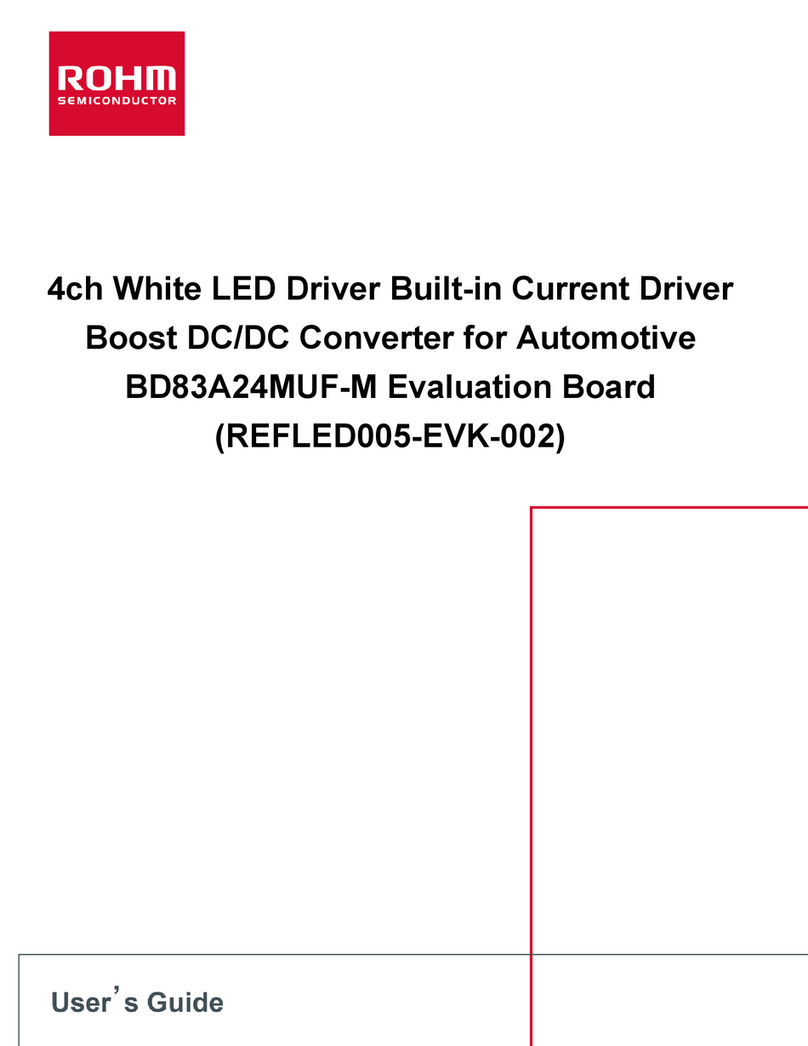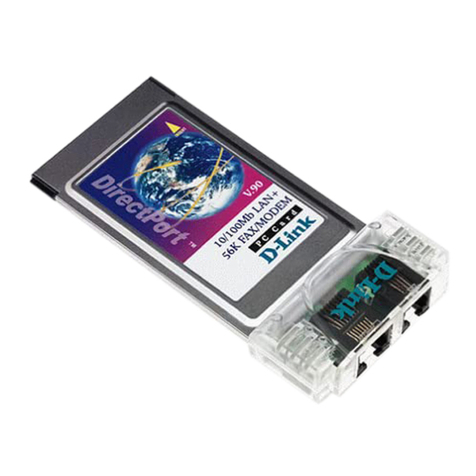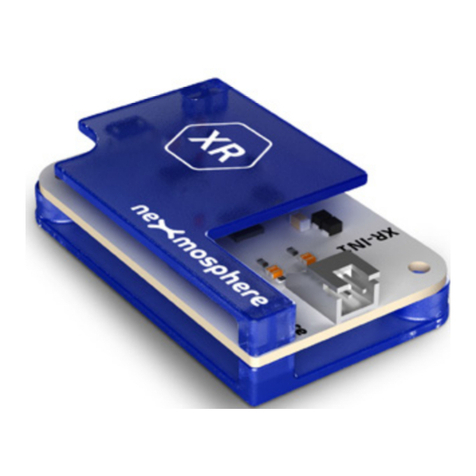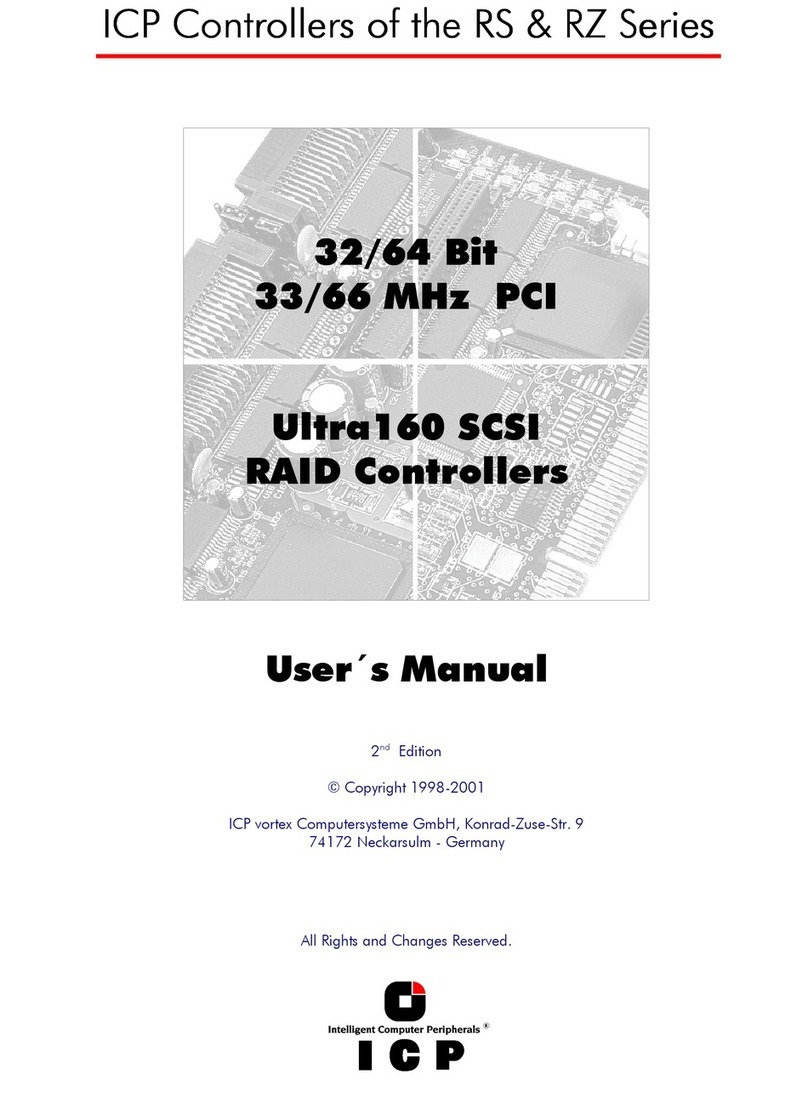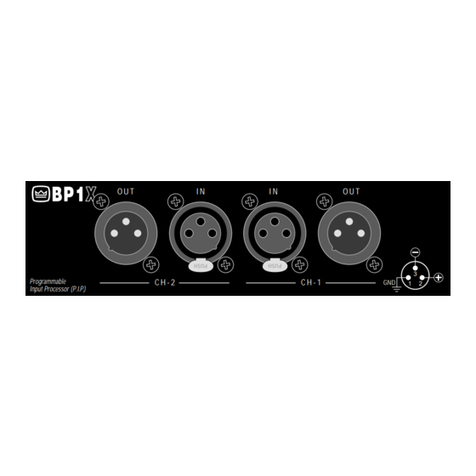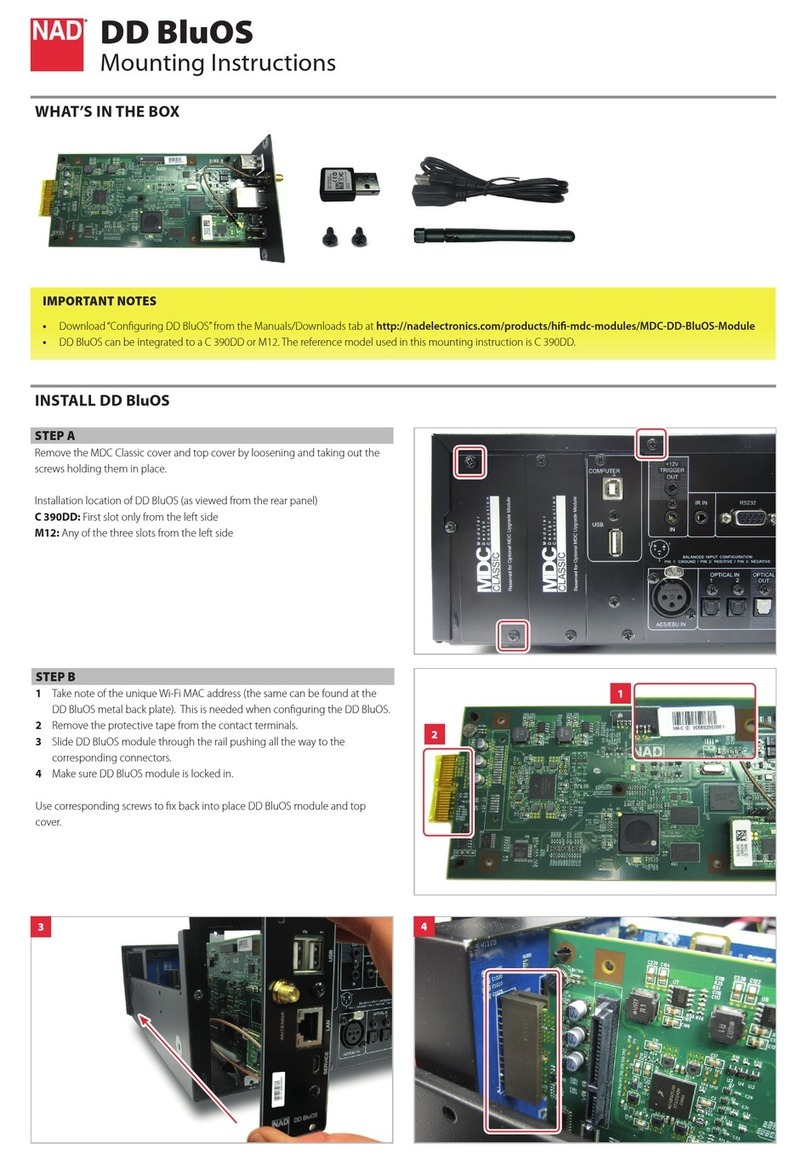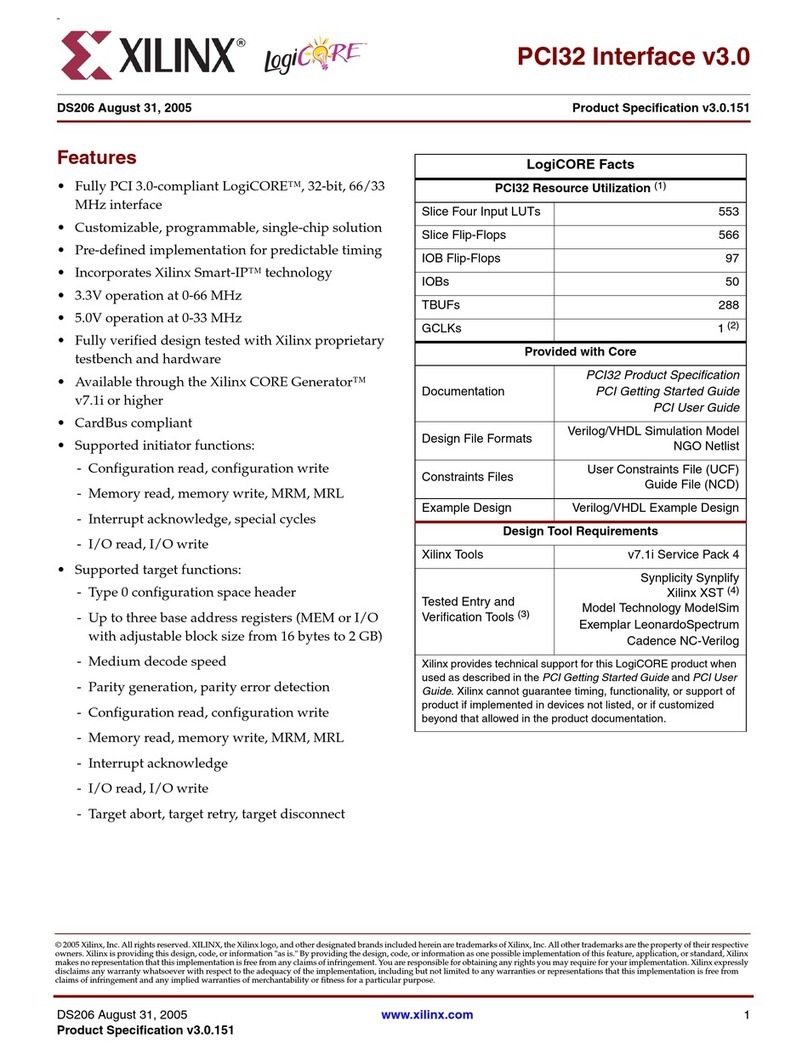Dexing DHP400 User manual

DHP400
Head-end Processor User Manual
SW Version: 2.21 Build 141.00 Apr 29 2016
HW version: 0.10.0.8
Web NMS version: 2.1
20142014
DEXIN DIGITAL TECHNOLOGY CORP. LTD.

About This Manual
Intended Audience
This user manual has been written to help people who have to use, to integrate
and to install the product. Some chapters require some prerequisite knowledge in
electronics and especially in broadcast technologies and standards.
Disclaimer
No part of this document may be reproduced in any form without the written
permission of the copyright owner.
The contents of this document are subject to revision without notice due to
continued progress in methodology, design and manufacturing. DEXIN shall have
no liability for any error or damage of any kind resulting from the use of this
document.
Copy Warning
This document includes some confidential information. Its usage is limited to the
owners of the product that it is relevant to. It cannot be copied, modified, or
translated in another language without prior written authorization from DEXIN.

Directory
Chapter 1 Product Overview.......................... 1
1.1 Outline ........................................................ 1
1.2 Features ...................................................... 1
1.3 Specifications.............................................. 1
Chapter 2 Physical Presentational Statement2
2.1 Appearance and Description .................... 2
Chapter 3 Installation Guide .......................... 5
3.1 Acquisition Check...................................... 5
3.2 Installation Preparation ............................ 5
3.3 Wire’s Connection ..................................... 7
Chapter 4 Web NMS Management................ 9
4.1 Login ........................................................... 9
4.2 Operation.................................................. 10
Chapter 5 Troubleshooting........................... 50
Chapter 6 Packing list ................................ 52

DHP400 Head-end Processor User Manual 1
Chapter 1 Product Overview
1.1 Outline
DHP400 DTV head-end processor is the new generation of intelligent headend
processing equipment. This 1-U case comes with 6 independent module slots. Each
module can be configured individually based on the applications including
encoding, decoding, trans-coding, multiplexing, descrambling and modulating
processing and the combination of all these functions. It supports multiple input
and output interfaces and signal formats. With its powerful performance and low
cost, DHP400 is especially adequate for the new generation CATV system.
1.2 Features
Support Web management, Updates via web
Support flexible combination of different type of modules
Support up to 6 modules
Redundancy power supply (optional)
Support 1 ASI output (MPTS2)
Support 2 GE output, 512 SPTS (UDP, RTSP/RTP) output from GE1, 8 MPTS
(UDP,RTP) output from GE2, Unicast/Multicast, RJ45/SFP interface
Support Web management, Updates via web
1.3 Specifications
(For each module’s parameters, please see DHP400 Head-end processor SPEC)

DHP400 Head-end Processor User Manual 2
Chapter 2 Physical Presentational Statement
2.1 Appearance and Description
Front Panel Illustration
2
3
4
5
6
7
1
1 Air Vent
2 ASI output port
3 GE1/GE2 Output: IP signal output, SFP connector
4 Reset: Reset webmaster IP address, recover it to default IP address
5 GE1/GE2 Output: IP signal output, RJ45 connector
6 NMS: network management system /CA communication, Ethernet interface
7 Indicators
1U chassis support up to 6 modules, users can freely select different module types
and freely exchange modules’ position, and here we just take one case as an
example.
Rear Panel Illustration

DHP400 Head-end Processor User Manual 3
Module Illustration:
DX504 4 ASI/IP Multiplexing Module
DX505 5 ASI Multiplexing Module
DX214 4 CVBS Encoding Module
DX202A 2 HDMI Encoding/Transcoding Module
DX202A-D 2 SDI Encoding/Transcoding Module
DX224 4 HDMI Encoding Module

DHP400 Head-end Processor User Manual 4
DX202 2 IP Transcoding Module
DX702 2 HD-SDI Decoding Module
DX316/332 16/32 QAM Modulating Module
DX308T 8 DVB-T Modulating Module
DX308C 8 ATSC Modulating Module
DX306I 6 ISDB-Tb Modulating Module
DX902 2 Tuner(DVB-S/S2) Descrambling Module
DX9122 Tuner(DVB-C) Descrambling Module
DX904 4 FTA Tuner(DVB-S/S2) Module
DX914 4 FTA Tuner(DVB-C) Module
DX944 4 FTA Tuner(DVB-T/T2) Module

DHP400 Head-end Processor User Manual 5
Chapter 3 Installation Guide
3.1 Acquisition Check
When user opens the package of the device, it is necessary to check items
according to packing list. Normally it should include the following items:
DHP400 Head-end processor
User’s Manual
Power Cord
If any item is missing or mismatching with the list above, please contact local
dealer.
3.2 Installation Preparation
When users install device, please follow the below steps. The details of
installation will be described at the rest part of this chapter. Users can also refer
rear panel chart during the installation.
The main steps of the installation include:
Checking the possible device missing or damage during the transportation
Preparing relevant environment for installation
Installing DHP400 head-end processor
Connecting signal cables
Connecting communication port (if it is necessary)
3.2.1 Device’s Installation Flow Chart Illustrated as follows:

DHP400 Head-end Processor User Manual 6
3.2.2 Environment Requirement
Item Requirement
Machine Hall Space
When user installs machine frame array in one machine hall, the
distance between 2 rows of machine frames should be 1.2~1.5m and
the distance against wall should be no less than 0.8m.
Machine Hall Floor
Electric Isolation, Dust Free
Volume resistivity of ground anti-static material: 1X107~1X1010,
Grounding current limiting resistance: 1M (Floor bearing should be
greater than 450Kg/㎡)
Environment
Temperature
5~40℃(sustainable ), 0~45℃(short time)
installing air-conditioning is recommended
Relative Humidity 20%~80% sustainable 10%~90% short time
Pressure 86~105KPa
Door & Window
Installing rubber strip for sealing door-gaps and dual level glasses
for window
Wall It can be covered with wallpaper, or brightness less paint.
Fire Protection Fire alarm system and extinguisher
Power
Requiring device power, air-conditioning power and lighting power
are independent to each other. Device power requires AC power
220V ±10% 50/60Hz or 110V ±10% 50/60Hz. Please carefully
check before running.
3.2.3 Grounding Requirement

DHP400 Head-end Processor User Manual 7
All function modules’ good grounding is the basis of reliability and stability
of devices. Also, they are the most important guarantee of lightning arresting
and interference rejection. Therefore, the system must follow this rule.
Coaxial cables’ outer conductor and isolation layer should keep proper
electric conducting with the metal housing of device.
Grounding conductor must adopt copper conductor in order to reduce high
frequency impedance, and the grounding wire must be as thick and short as
possible.
Users should make sure the 2 ends of grounding wire well electric conducted
and be antirust.
It is prohibited to use any other device as part of grounding electric circuit
The area of the conduction between grounding wire and device’s frame should
be no less than 25mm2.
3.2.4 Frame Grounding
All the machine frames should be connected with protective copper strip. The
grounding wire should be as short as possible and avoid circling. The area of the
conduction between grounding wire and grounding strip should be no less than
25mm2.
3.2.5 Device Grounding
Connecting the device’s grounding rod to frame’s grounding pole with copper
wire.
3.3 Wire’s Connection

DHP400 Head-end Processor User Manual 8
3.3.1 Power cord connection
The power socket is located on the right of rear panel, and the power switch is on
the left of front panel. User can plug one end of the power cord to the socket and
insert the other end to AC power. When the device solely connects to protective
ground, it should adopt independent way, say, share the same ground with other
devices. When the device adopts united way, the grounding resistance should be
smaller than 1Ω.
Caution: Before connecting power cord to DHP400 head-end proccesor, user
should set the power switch to “OFF”.
3.3.2 Signal and NMS Cable Connection
The signal connections include the connection of input signal cable and the
connection of output signal cable.

DHP400 Head-end Processor User Manual 9
Chapter 4 Web NMS Management
This device does not support the LCD operation, and the modification can only be
operated under Web NMS.
4.1 Login
The factory default IP address is 192.168.000.136 and users can connect the
device and web NMS through this IP address.
Connect the PC (Personal Computer) and the device with a net cable, and use ping
command to confirm they are on the same network segment. For instance, the PC
IP address is 192.168.000.252, we then change the device IP to 192.168.000.xxx
(xxx can be 0 to 255 except 252 to avoid IP conflict).
Launch the web browser an input the device IP address in the browser’s address
bar and press Enter.
It will display the Login interface as Figure-1. Input the Username and Password
(Both the default Username and Password are “admin”. And then click “Sign In” to
start the device setting.
Figure-1

DHP400 Head-end Processor User Manual 10
4.2 Operation
4.2.1 Summary
When we confirm the login, it displays the SUMMARY interface as Figure-2.
Indicators—Green
light indicates the TS
is normal, which
otherwise the run
indicator turns to red.
User can click any item here to
enter the corresponding
interface to check information
or set the
p
arameters.
Figure-2
Parameters →Module1-6:
From the menu on left side of the webpage, clicking “Module1-6”, it displays the
interface as below. Different module has different interface for parameter setting.
1. DX504 4 ASI/IP Multiplexing Module
DX504 module has 4 ASI input or output through 4 ASI bi-direction port, and 2
GE input or output port, each GE port support 256 IP input. Users click “input CH”
to set DX504 modules parameters and it display the interface as below (Figure-3):

DHP400 Head-end Processor User Manual 11
Users click here to set the
corresponding parameters
Figure-3
Users click “Batch” to set the IP input and general mux parameters for this module,
and it display the interface as below (Figure-4):

DHP400 Head-end Processor User Manual 12
Figure-4
Users click “Mux” to set the mux parameters, and it display the interface as below
(Figure-5):
Note: “module export” indicates that the TS will be exported to main board, and
“Connector” indicate that the TS from main board after processing.

DHP400 Head-end Processor User Manual 13
Programs from ASI1-4 and
connector
Input Area
Programs which
output CH 1 received
Output Area
Operation Area
Select mux-output channel,
there are 5 options: CH
1/2/3/4 and 1 module export
Users can select the
p
ro
g
rams in
p
ut
p
ort
Figure-5
Configure ‘Input Area’ and ‘Output Area’ with buttons in ‘Operation Area’. Instructions are as
below:
:To enable/disable the CA filter
: To enable/disable the PID remapping
To refresh the input program information
To refresh the output program information
Select one input program first and click this button to transfer the selected program
to the right box to output.
Similarly, user can cancel the multiplexed programs from the right box.
To select all the input programs
To select all the output programs
To parse programs time limitation of parsing input programs
Program Modification:
The multiplexed program information can be modified by clicking the program in the ‘output’
area. For example, when clicking , it triggers a dialog box (Figure-6) where users can
input new information.

DHP400 Head-end Processor User Manual 14
Figure-6
From the menu on up side of the webpage, clicking “General”, user can set the parameters of
the each output carriers. It displays the interface as Figure-7.
Figure-7
From the menu on up side of the webpage, clicking “PID Pass”, it displays the interface where to
add the PIDs which needs pass through. (Figure-8)

DHP400 Head-end Processor User Manual 15
Click this button to
generate more rows to
add PIDs.
Figure-8
DX504 also supports TS output with 4 channels through the two GE port. Each channel for
GE1 and GE2 has independent IP address and IP number.
Click ‘IP Stream’, it will display the interface as Figure-9 where to set IP out parameters.
Figure-9
From the menu on up side of the webpage, clicking “System”, it displays the interface
(Figure-10) where users can check and set this module’s system information.

DHP400 Head-end Processor User Manual 16
Figure-10
2. DX505 5 ASI Multiplexing Module
DX505 module has 5 ASI bi-direction port for input and output. Users click “In-Out” to set the
5ASI direction and it display the interface as below (Figure-11):
Click here to select
the ASI direction
Figure-11
Users click “Mux” to set the mux parameters, and it display the interface as below
(Figure-12):
Note: “module export” indicates that the TS will be exported to main board, and

DHP400 Head-end Processor User Manual 17
“Connector” indicate that the TS from main board after processing.
Select mux-output channel,
there are 5 options: ASI
1/2/3/4/5 and 1 module
Programs from ASI1-4
and connecto
r
Input Area Output Area
Programs which
output CH 1 received
Operation Area
Figure-12
Configure ‘Input Area’ and ‘Output Area’ with buttons in ‘Operation Area’. Instructions are as
below:
:To enable/disable the CA filter
: To enable/disable the PID remapping
To refresh the input program information
To refresh the output program information
Select one input program first and click this button to transfer the selected program
to the right box to output.
Similarly, user can cancel the multiplexed programs from the right box.
To select all the input programs
To select all the output programs
To parse programs time limitation of parsing input programs
Program Modification:
The multiplexed program information can be modified by clicking the program in the ‘output’
area. For example, when clicking , it triggers a dialog box (Figure-13) where users
can input new information.
Table of contents
Popular Computer Hardware manuals by other brands
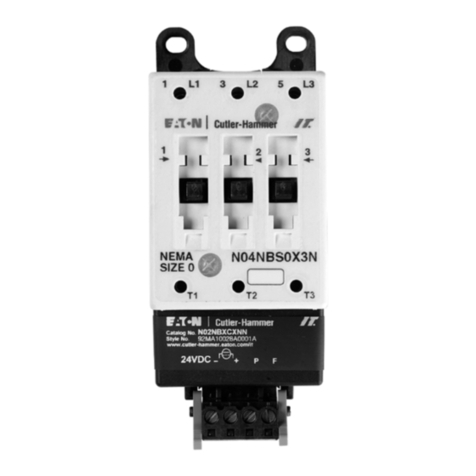
Eaton
Eaton Cutler-Hammer CA03310002E user manual
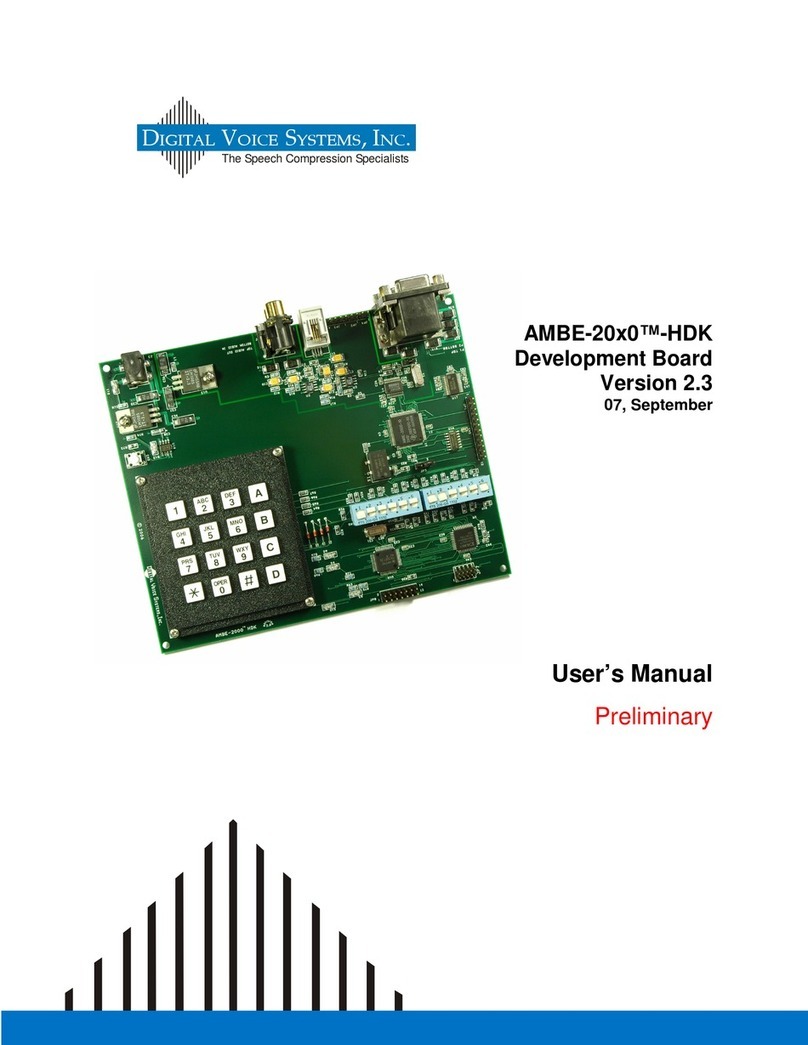
Digital Voice Systems
Digital Voice Systems AMBE-20X0 HDK user manual
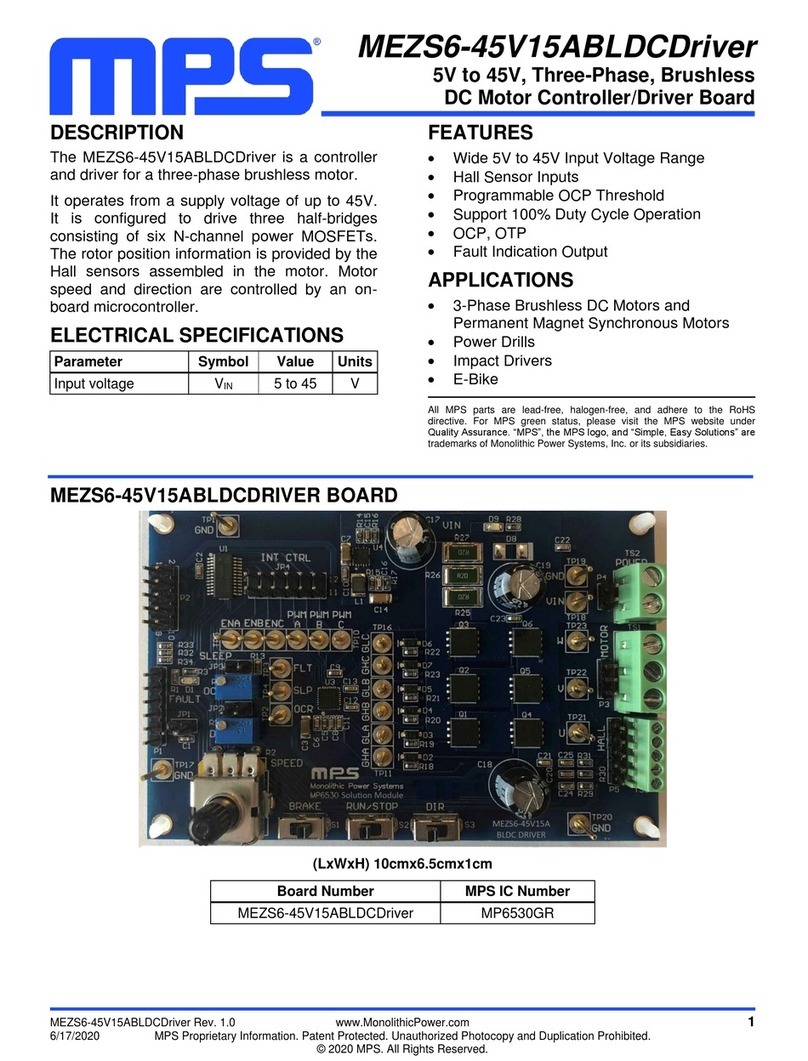
MPS
MPS MEZS6-5V15ABLDCDriver manual
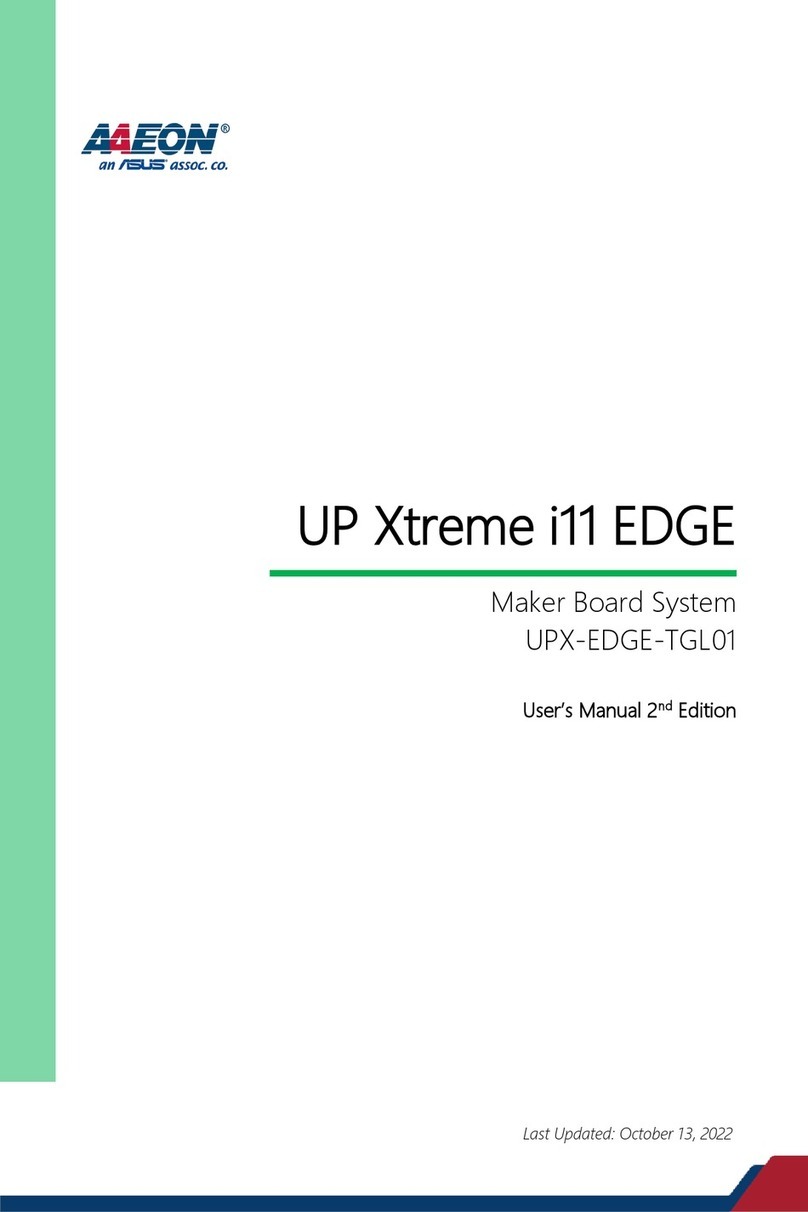
Asus
Asus Aaeon UP Xtreme i11 EDGE user manual
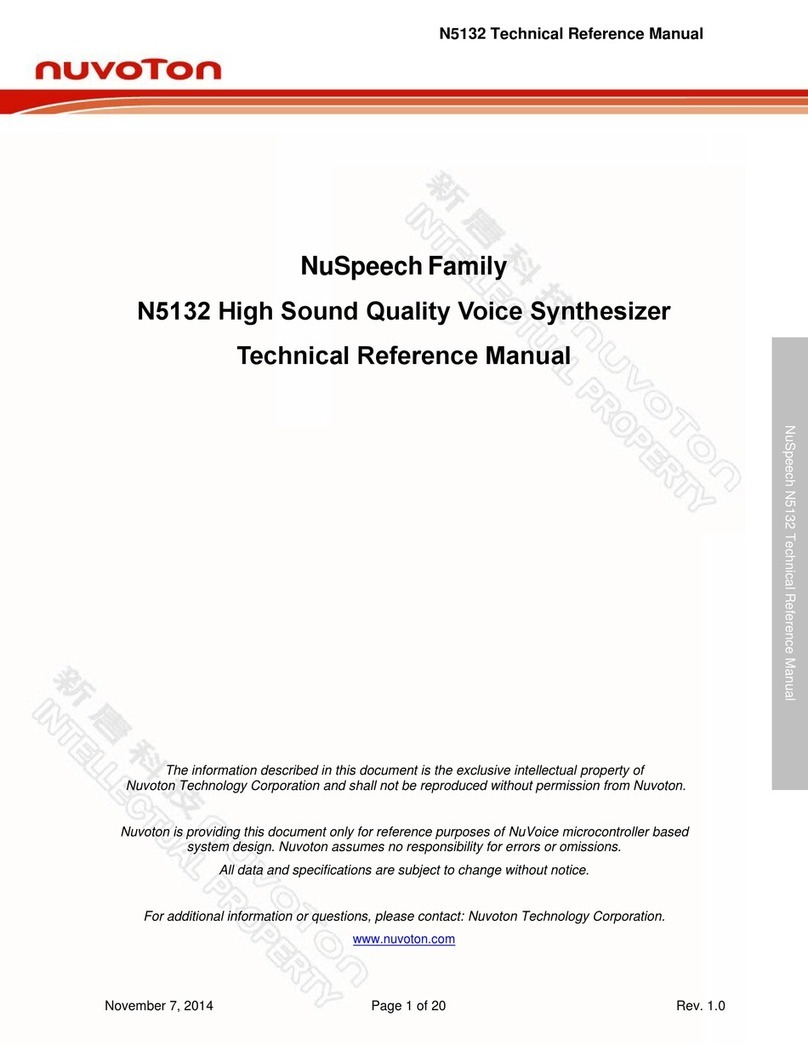
Nuvoton
Nuvoton NuSpeech Series Technical reference manual
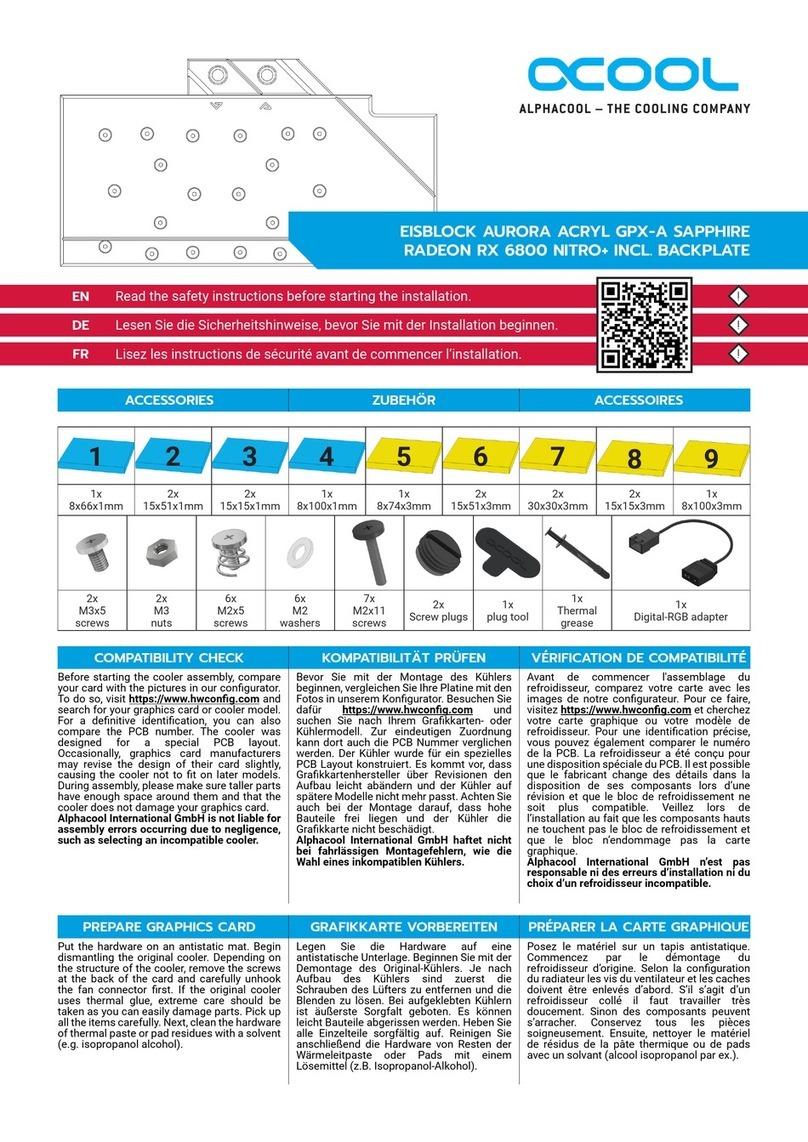
Alphacool
Alphacool EISBLOCK AURORA ACRYL GPX-A SAPPHIRE RADEON RX 6800... Installation
